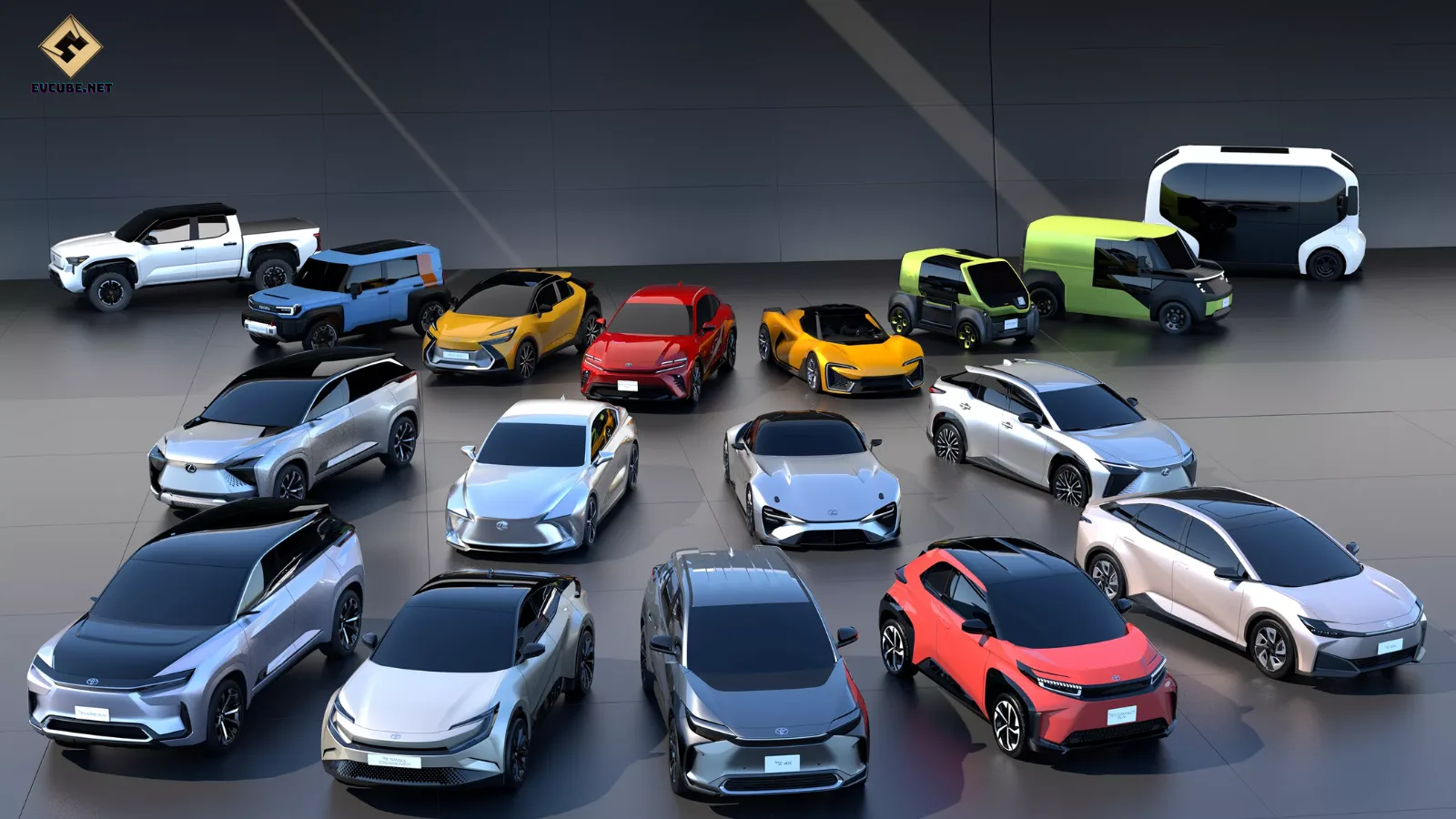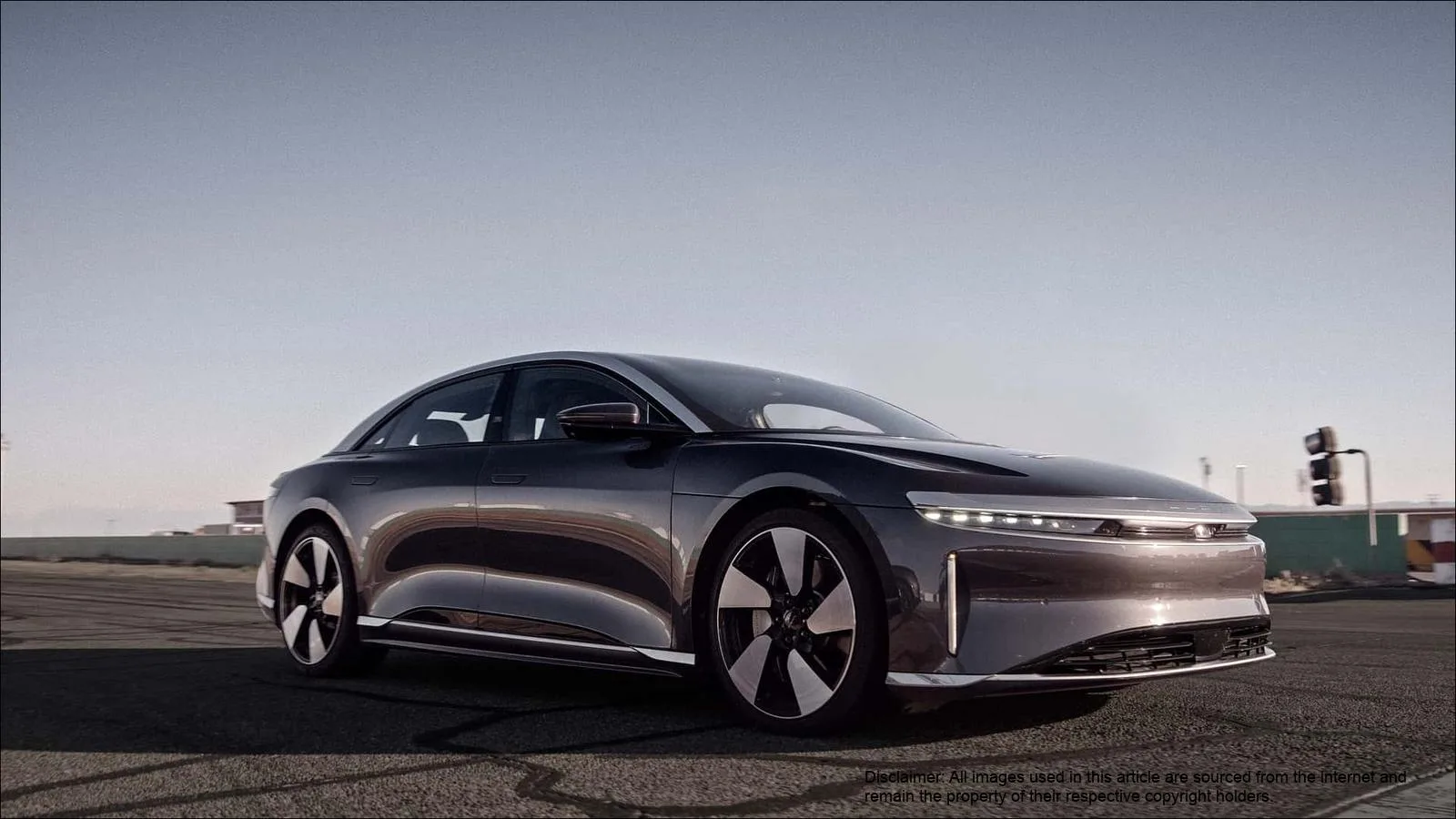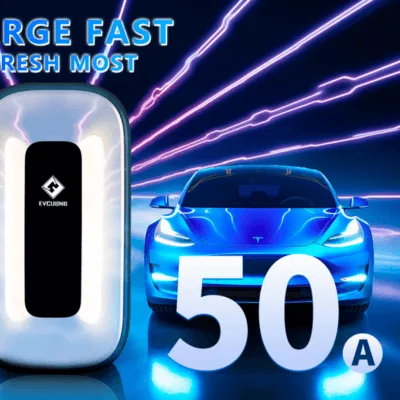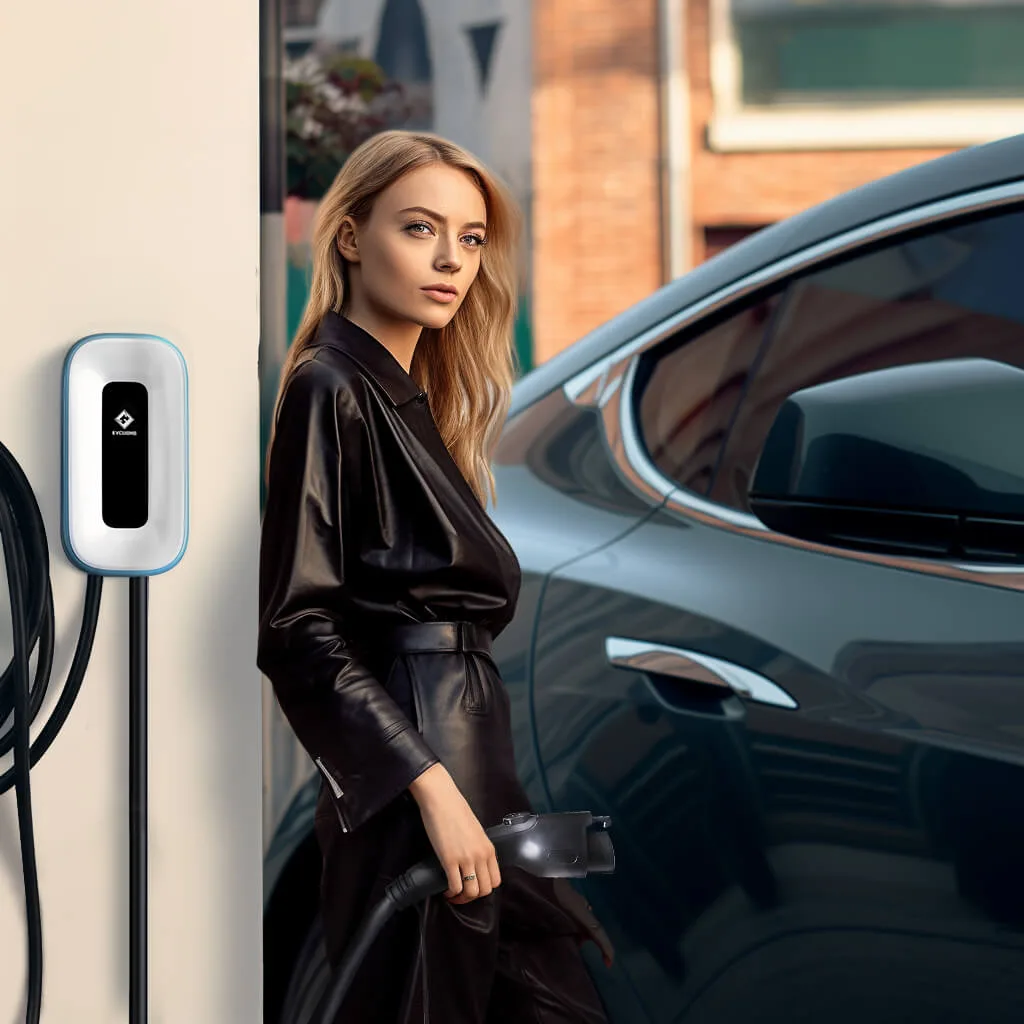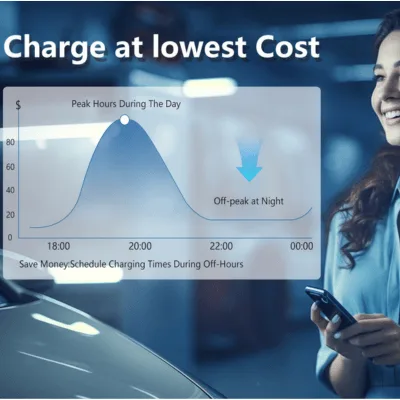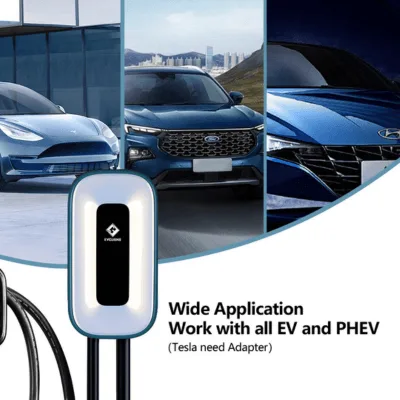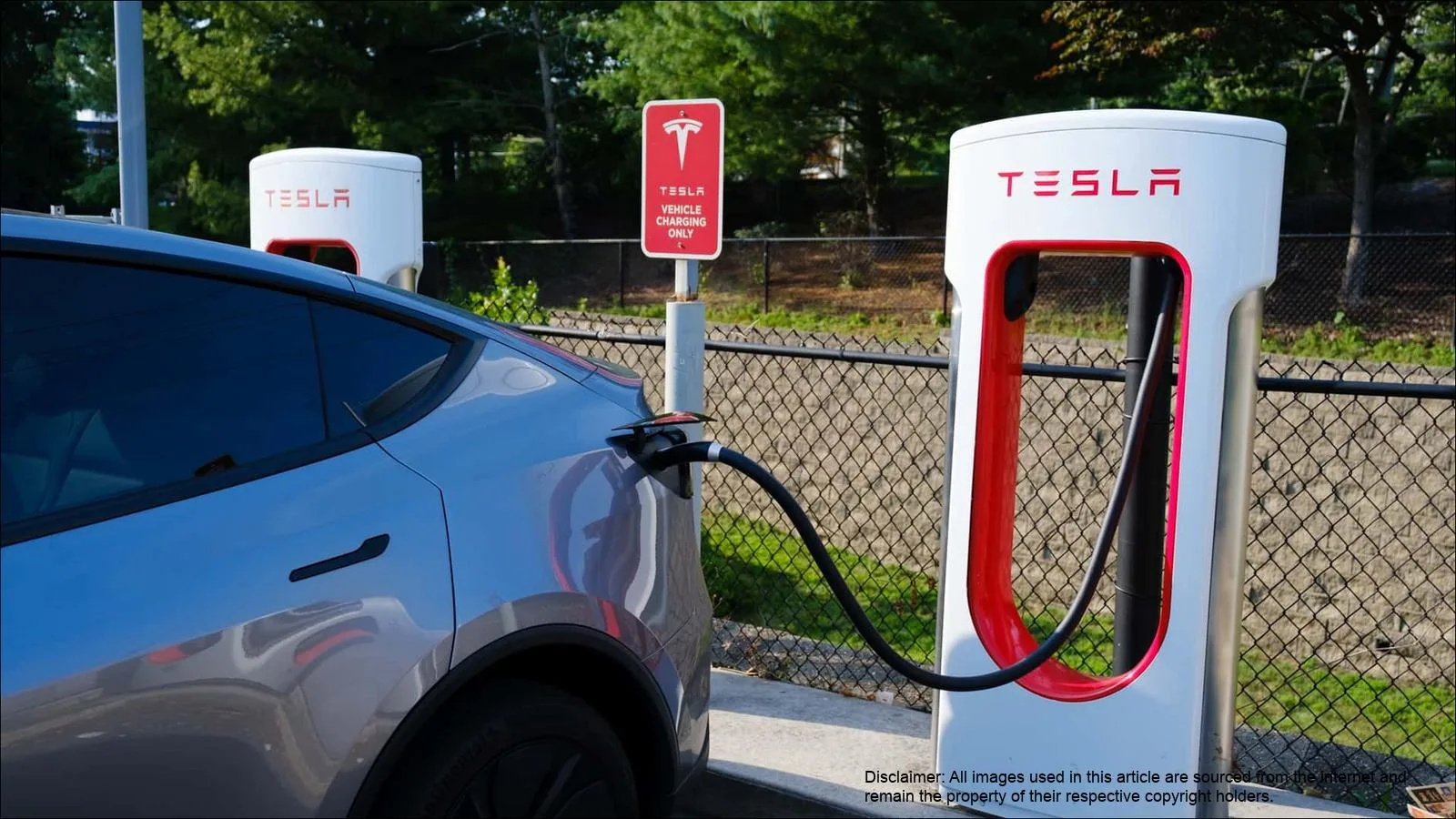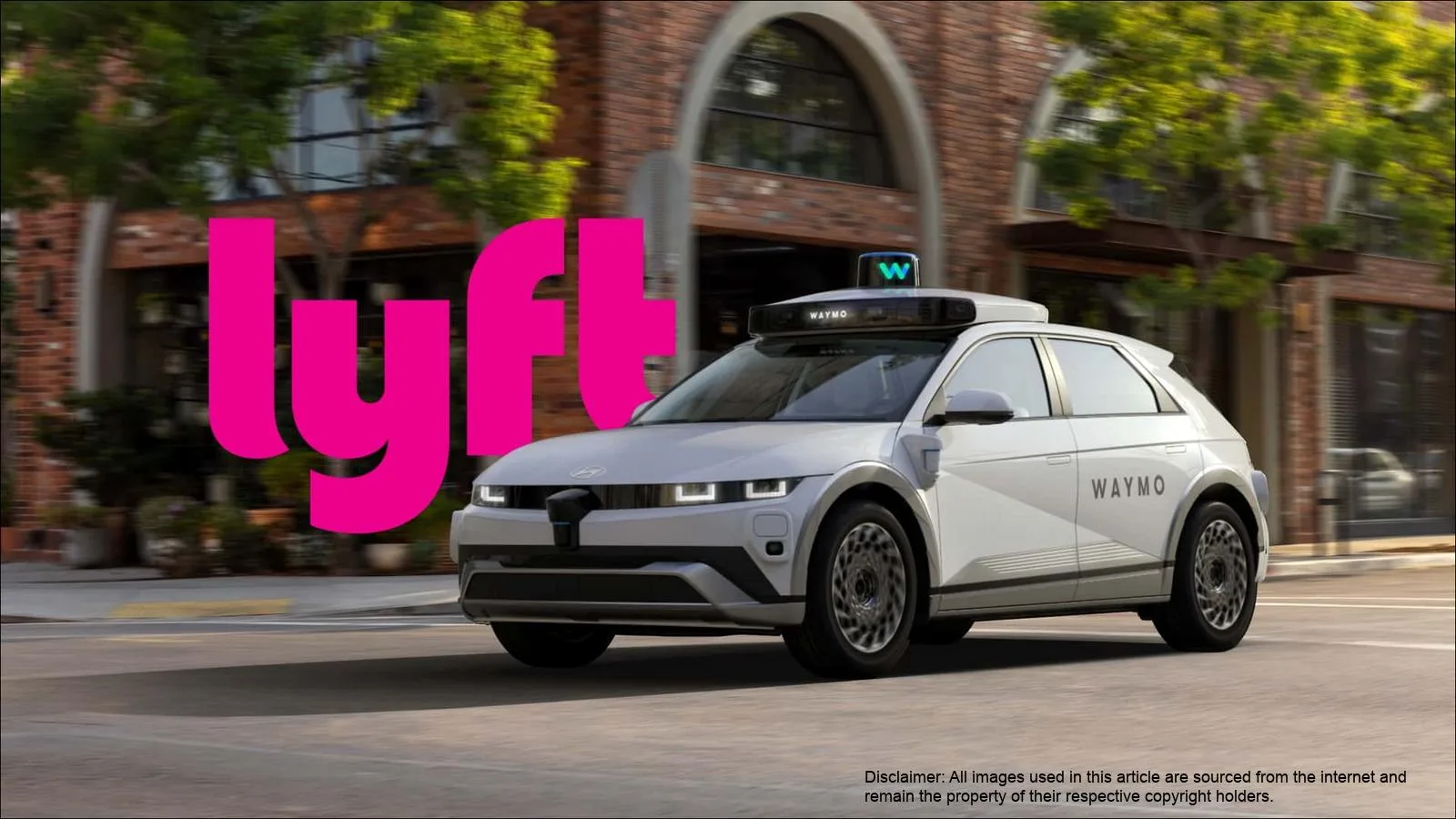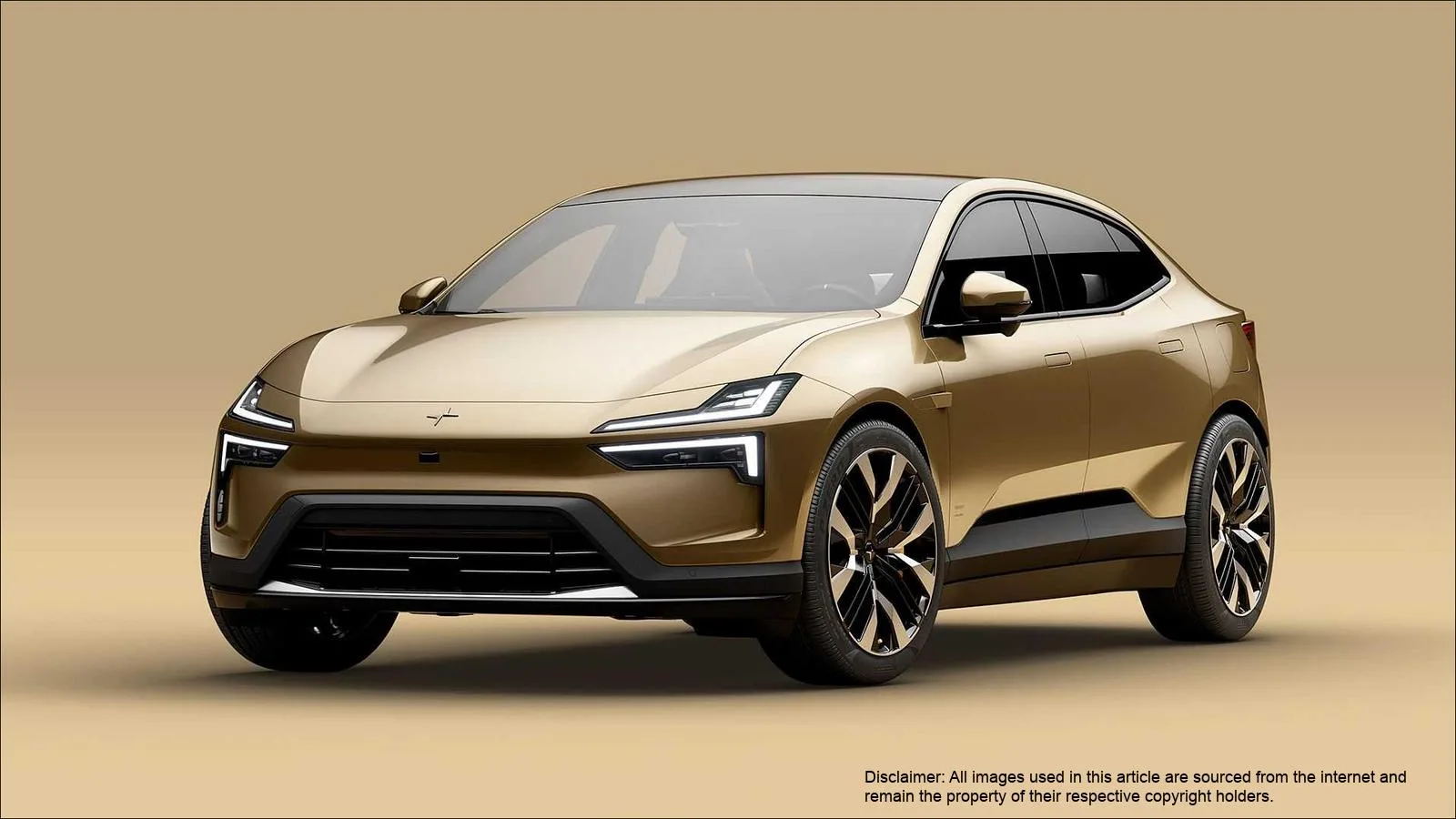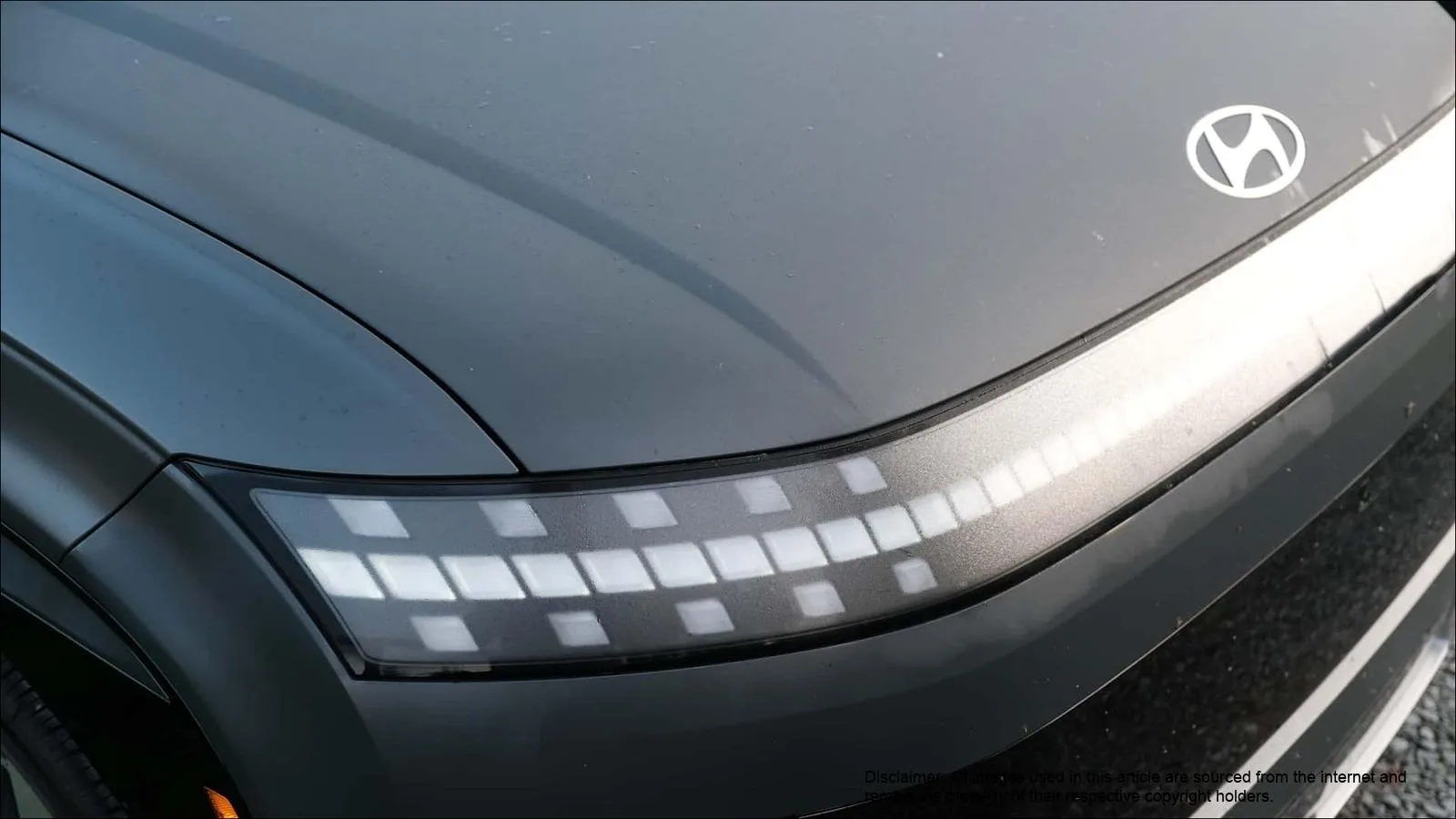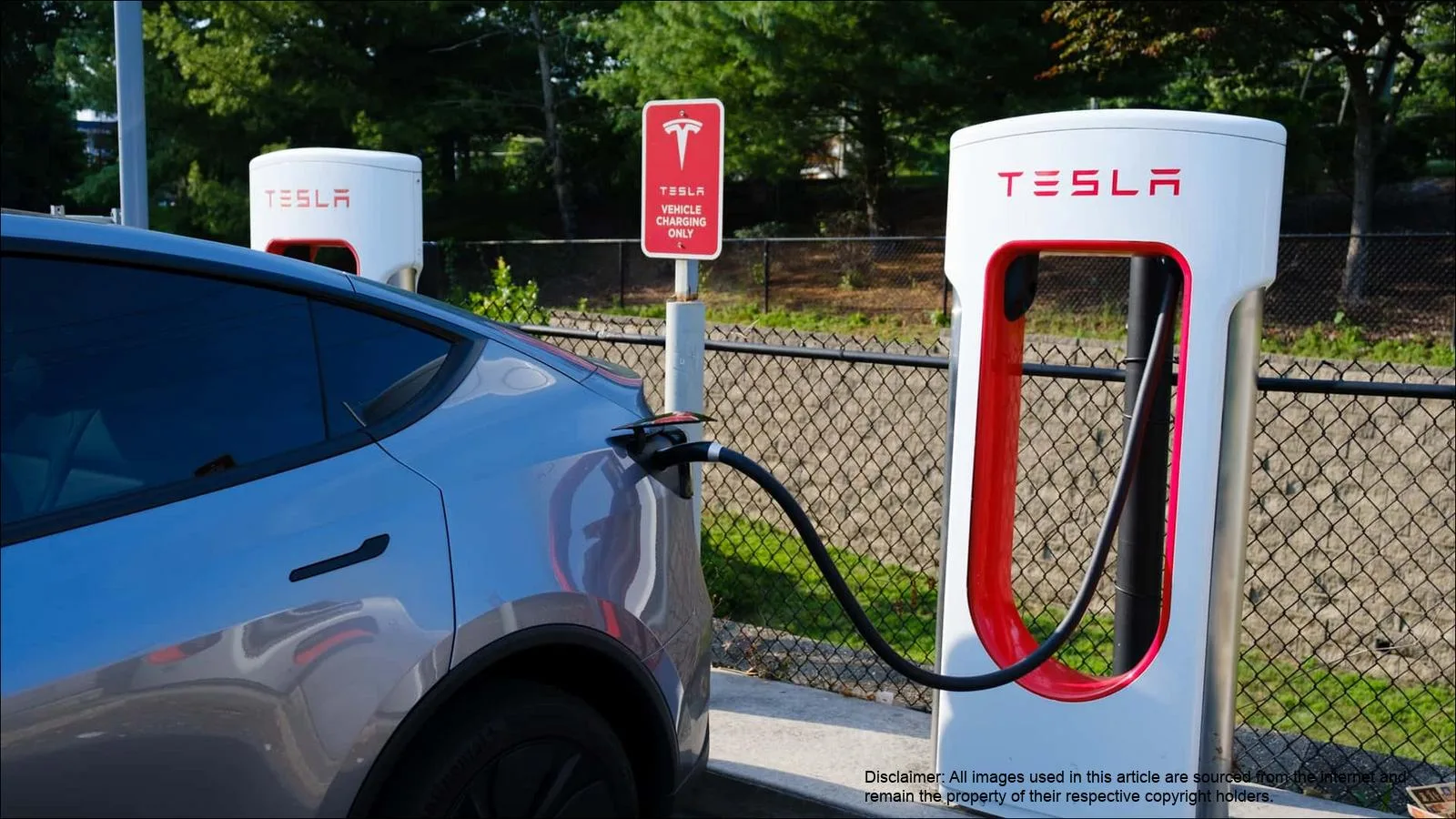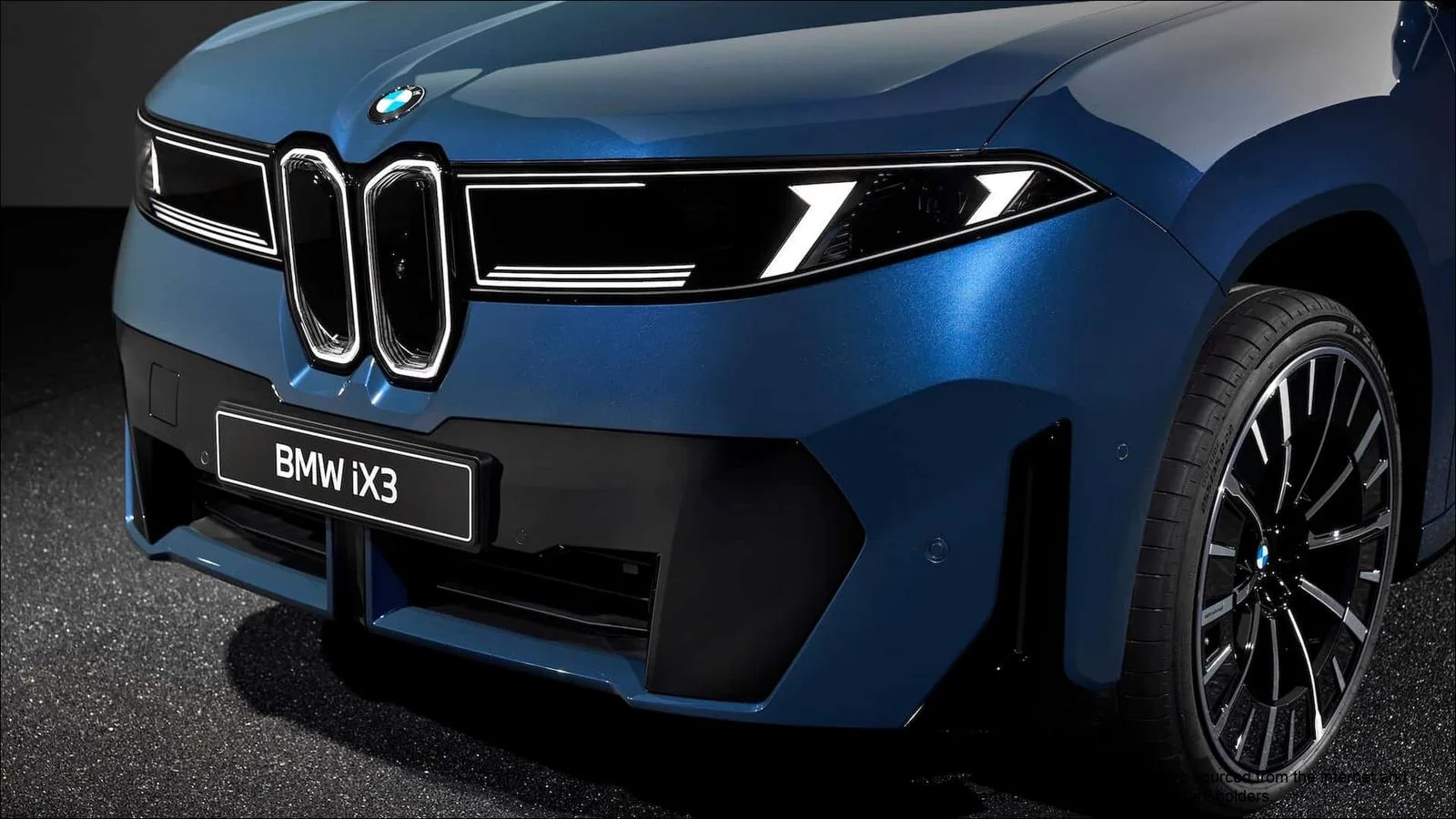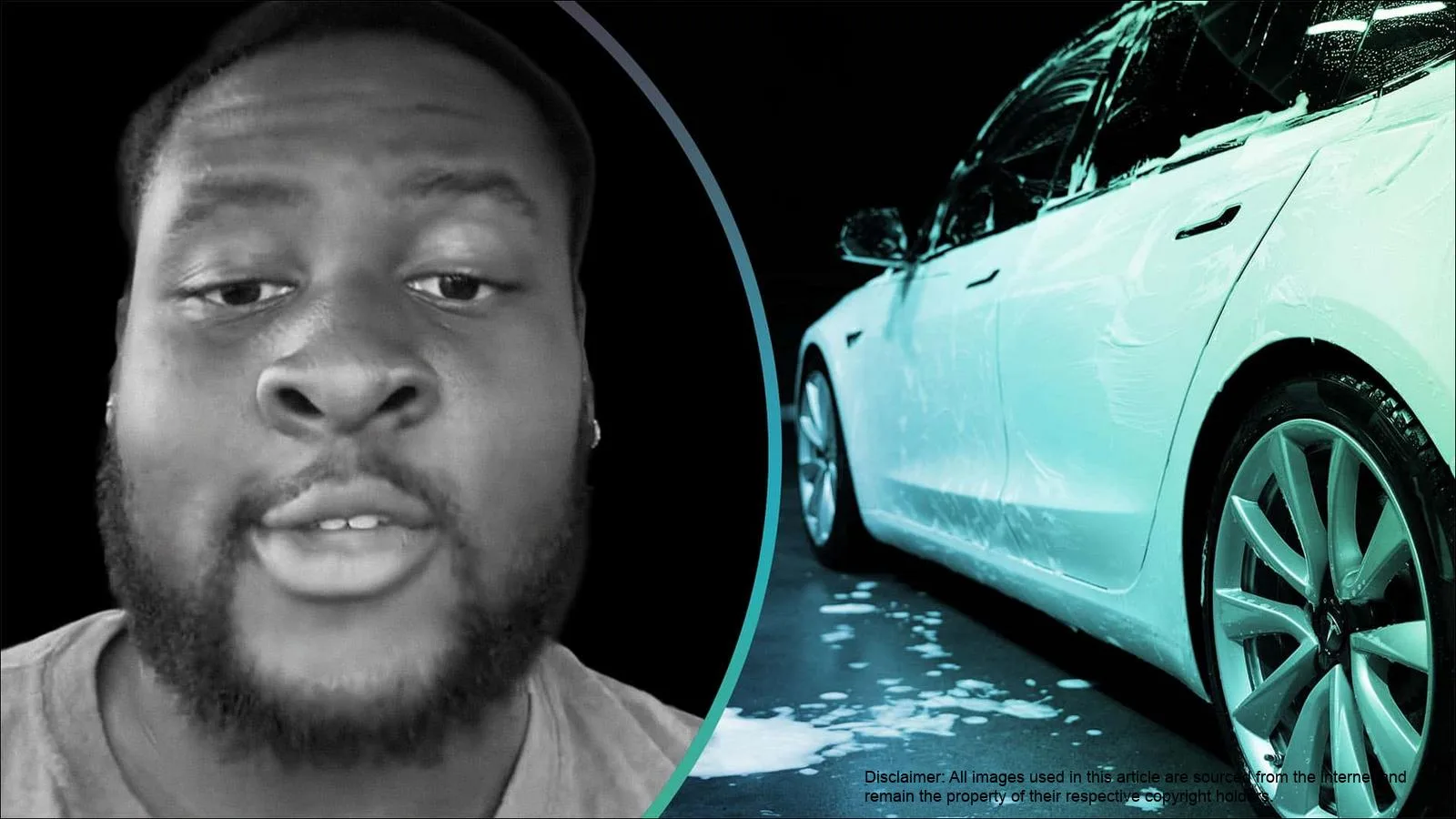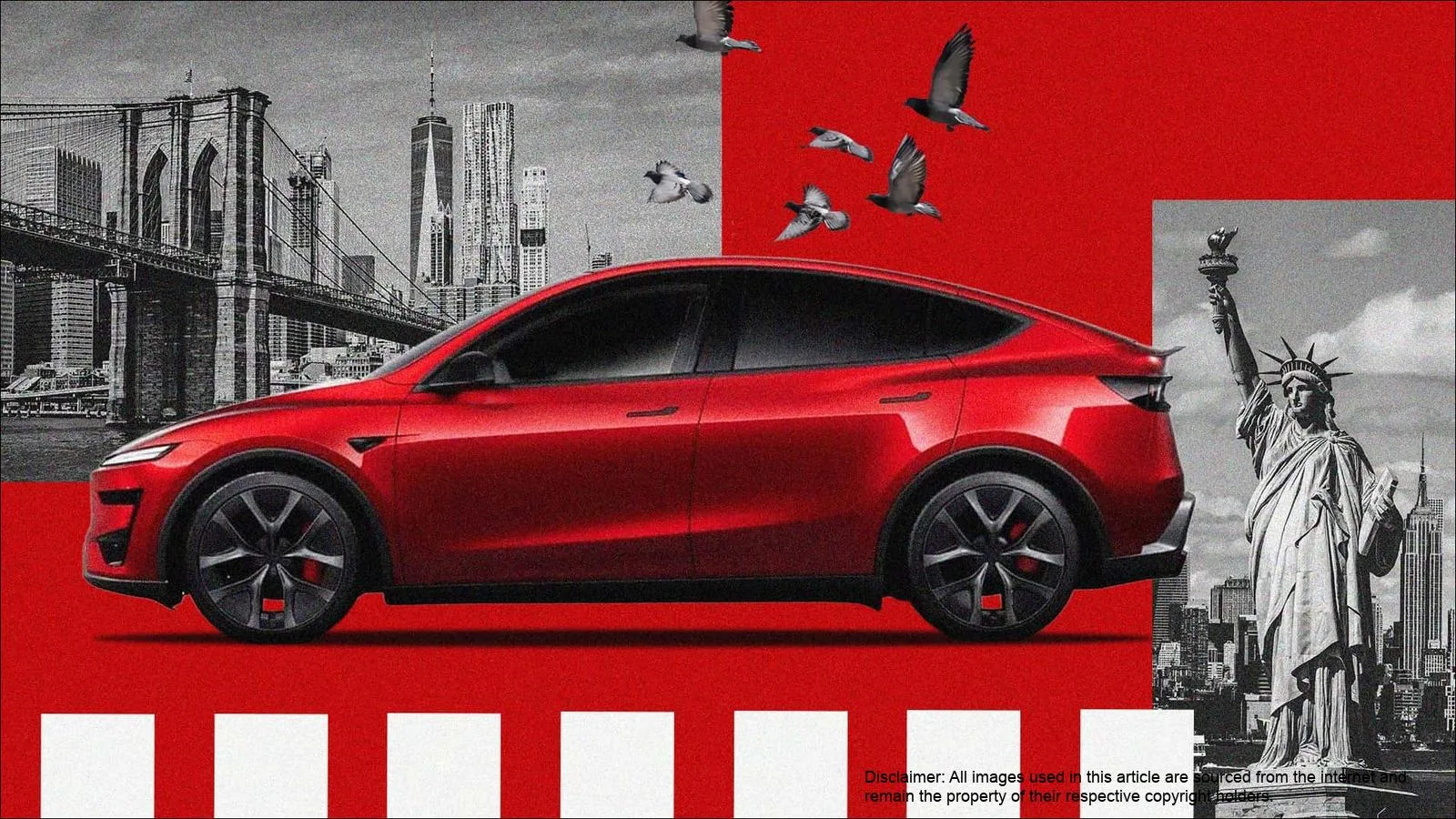EVs That Beat the WLTP Range
Interestingly, the Norway test also revealed that several EVs exceeded their WLTP-claimed ranges. The Tesla Model Y led this group, achieving 405 miles (652 km) on a single charge, surpassing its WLTP range by 41 miles (66 km) or 11.3%. Similarly, the Zeekr 001 outperformed its official range, driving 368 miles (593 km), which is 32 miles (52 km) beyond its WLTP claim. The Tesla Model 3 also demonstrated impressive performance, recording the second-highest range in the test at 448 miles (721 km), exceeding its WLTP number by 11 miles (19 km).
Other EVs that exceeded their WLTP ranges in the test included the BYD Tang, Peugeot e-5008, MG Marvel R, VW ID.7 GTX Tourer, Polestar 4, BMW iX, BYD Seal U, Lotus Emeya, Opel Grandland, Mercedes-Benz G580, Voyah Free, and Porsche Macan EV. Even the Skoda Enyaq, a popular EV in Europe, nearly matched its claimed range, falling just 1.2 miles (2 km) short.
